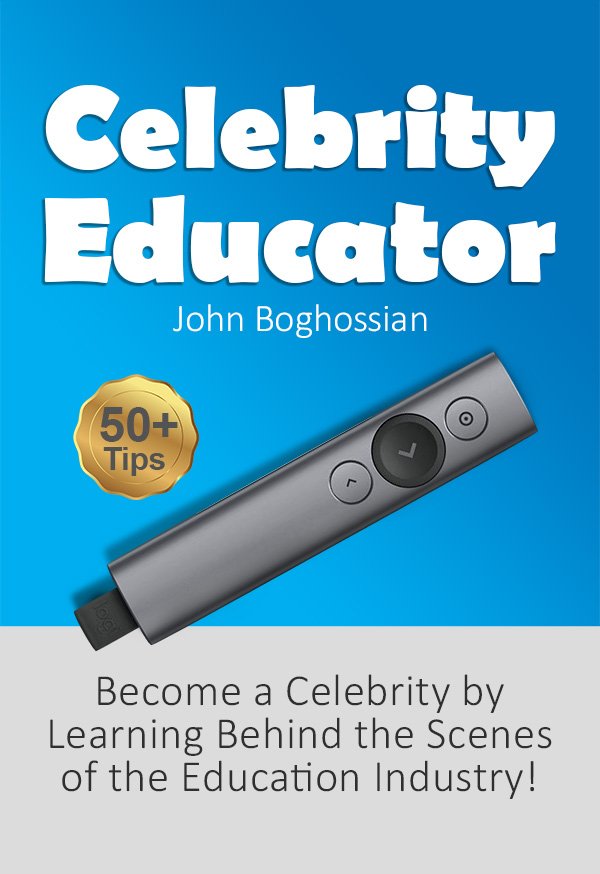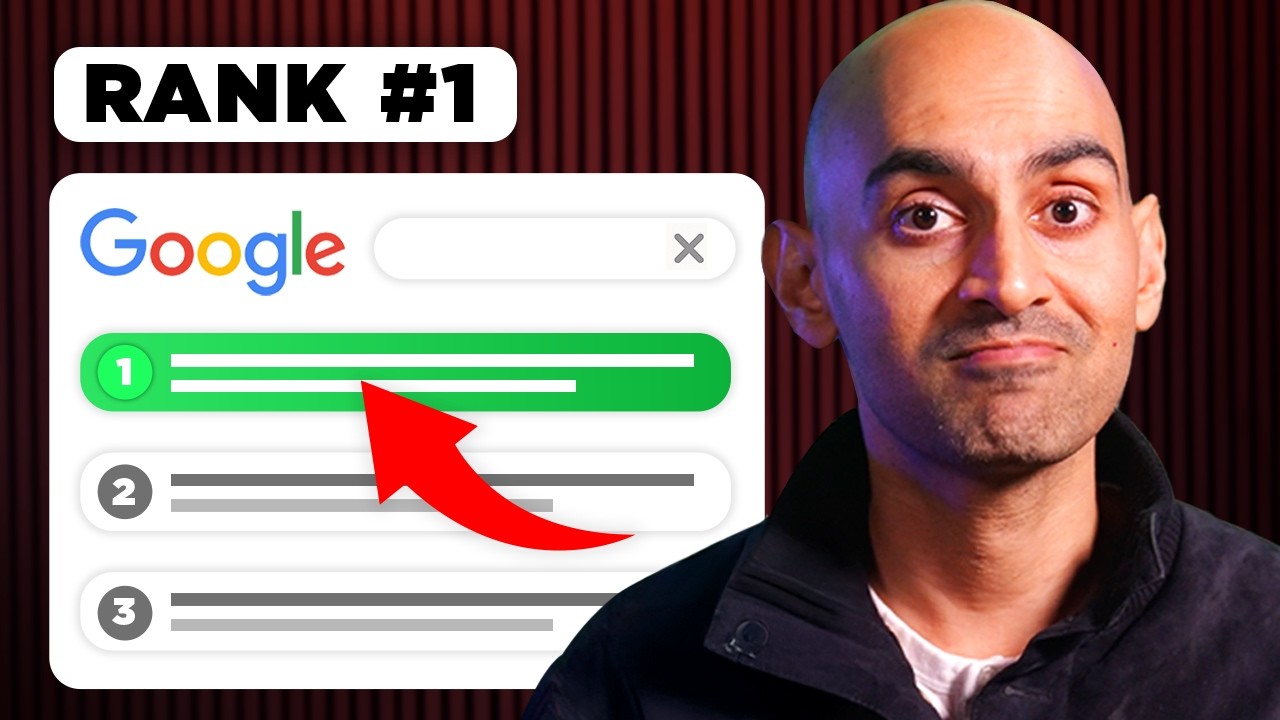Contents
In today’s fast-paced digital world, attention spans are shrinking. Learners often struggle to commit to lengthy courses or extensive information products. Enter microlearning: the art and science of delivering content in small, focused bursts. This strategy guide dives into how you can leverage microlearning to create highly engaging, bite-sized info products that boast better completion rates and a superior user experience.
Why Go Micro? The Power of Bite-Sized Learning
Traditional long-form content can be overwhelming. Microlearning combats this by breaking down complex topics into digestible chunks, typically lasting 2-7 minutes. This approach offers several key advantages:
- Improved Focus & Retention: Shorter lessons make it easier for learners to concentrate and retain information.
- Increased Completion Rates: Learners are more likely to finish smaller modules than get bogged down in lengthy courses.
- Just-in-Time Learning: Micro-content allows users to quickly find specific answers or learn a particular skill exactly when they need it.
- Flexibility & Accessibility: Bite-sized lessons fit easily into busy schedules and are often mobile-friendly.
- Enhanced Engagement: The sense of accomplishment from completing small modules quickly keeps users motivated.
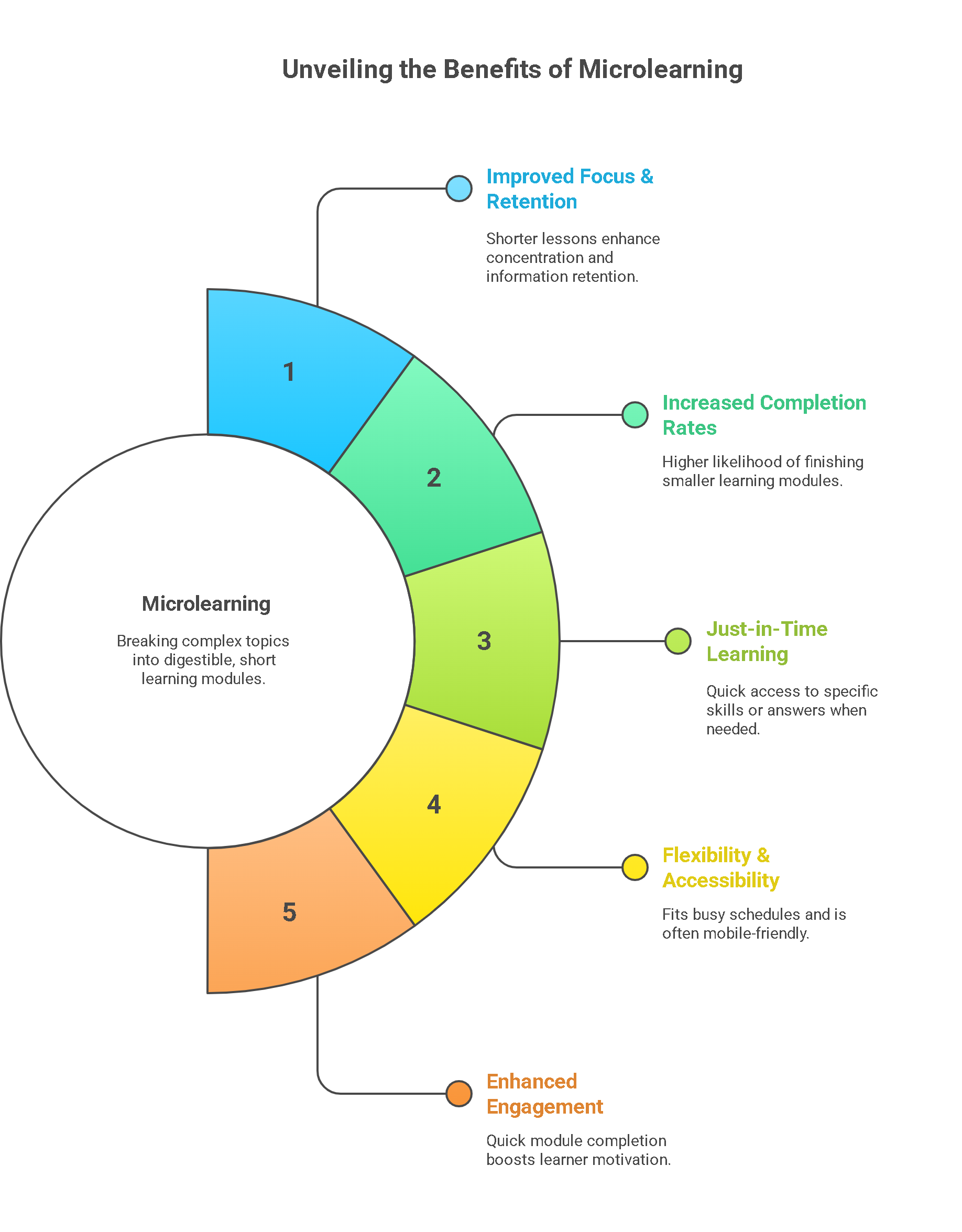
Designing Effective Micro-Lessons
Creating impactful micro-lessons requires more than just chopping up existing content. It demands a specific design approach:
Focus on a Single Objective
Each micro-lesson should target one specific learning outcome or answer one specific question. Avoid trying to cram too much information into a single piece. Ask yourself: “What is the *one* thing I want the learner to know or be able to do after this lesson?”
Keep it Concise and Actionable
Get straight to the point. Use clear language, visuals, and examples. If possible, include a small action step or a quick check for understanding at the end. You can use various tools to create bite sized content.
Vary Your Format
Don’t just rely on text or video. Mix things up! Consider using:
- Short explainer videos (under 5 minutes)
- Interactive quizzes or polls
- Infographics or downloadable cheat sheets
- Quick tutorials or walkthroughs
- Audio clips or podcasts
Level Up Engagement with Micro-Challenges
Challenges are a fantastic way to apply microlearning principles while boosting motivation and practical application. Instead of just consuming information, users actively participate.
Structure of a Micro-Challenge
A typical micro-challenge involves:
- A Clear Goal: Define what success looks like for the challenge.
- Bite-Sized Steps: Break the challenge down into small, manageable daily or weekly tasks.
- Action-Oriented Prompts: Each step should require the user to *do* something.
- Community & Support (Optional but Recommended): A dedicated group or forum can enhance the experience.
- Trackable Progress: Allow users to see how far they’ve come.
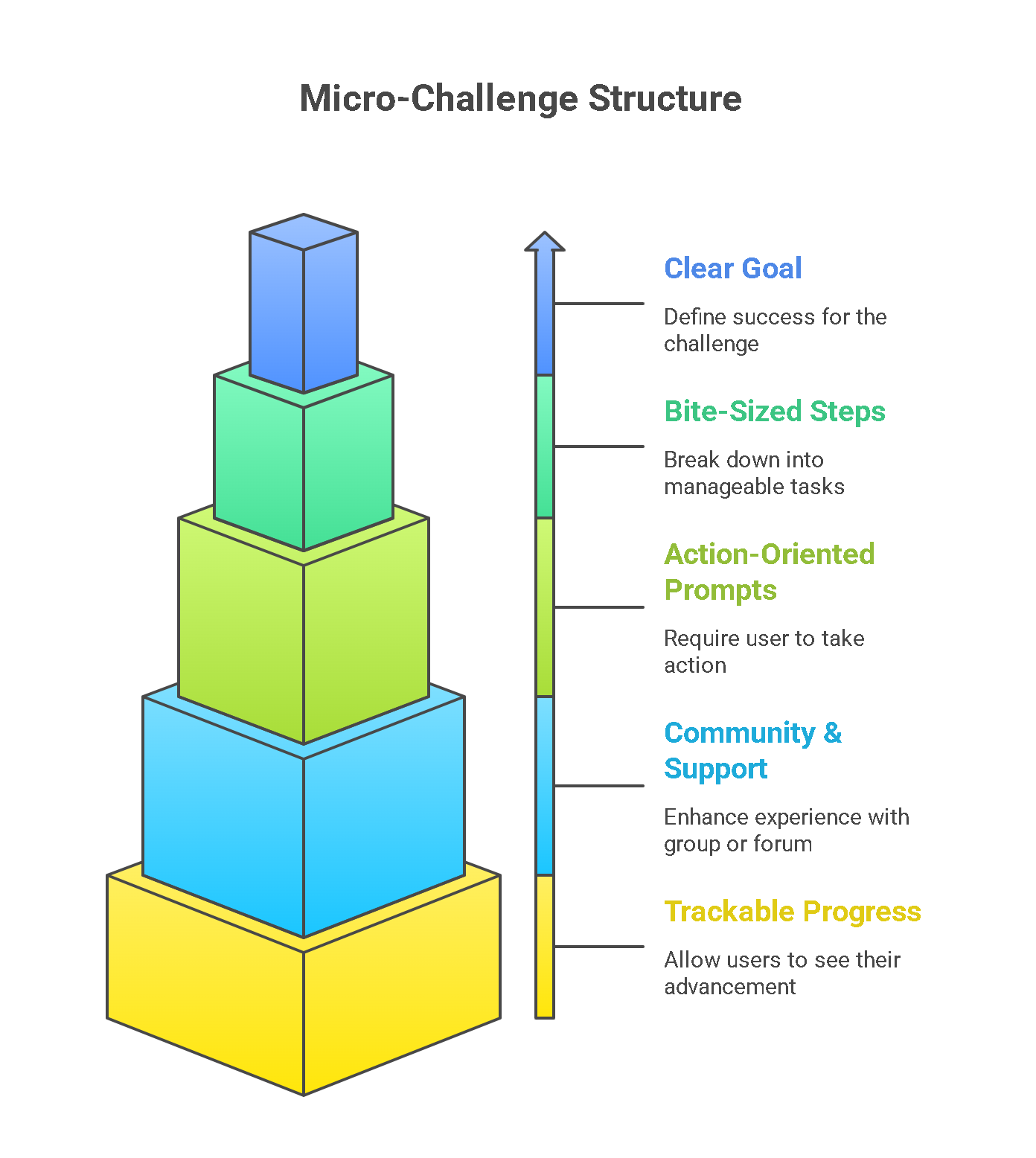
Examples of Micro-Challenges:
- A 5-day “Launch Your Landing Page” challenge with daily tasks.
- A 7-day “Content Creation Sprint” focusing on one type of content each day.
- A 3-day “Email List Growth” challenge with specific tactics to implement.
Implementing Drip Content Sequences
Drip content involves delivering your micro-lessons or challenge steps over a predetermined schedule (e.g., one lesson per day or week). This is a powerful strategy for several reasons:
- Prevents Overwhelm: Users receive content at a manageable pace.
- Maintains Engagement Over Time: Regular content delivery keeps your product top-of-mind.
- Builds Anticipation: Learners look forward to the next piece of content.
- Guides the Learning Journey: You control the sequence and flow of information.
Tips for Effective Drip Sequences:
- Logical Flow: Ensure the sequence builds logically from one topic to the next.
- Clear Scheduling: Let users know when to expect new content.
- Engagement Prompts: Include emails or notifications that encourage users to access the new content.
- Flexibility: Consider allowing users some control over the drip speed if appropriate for your platform.
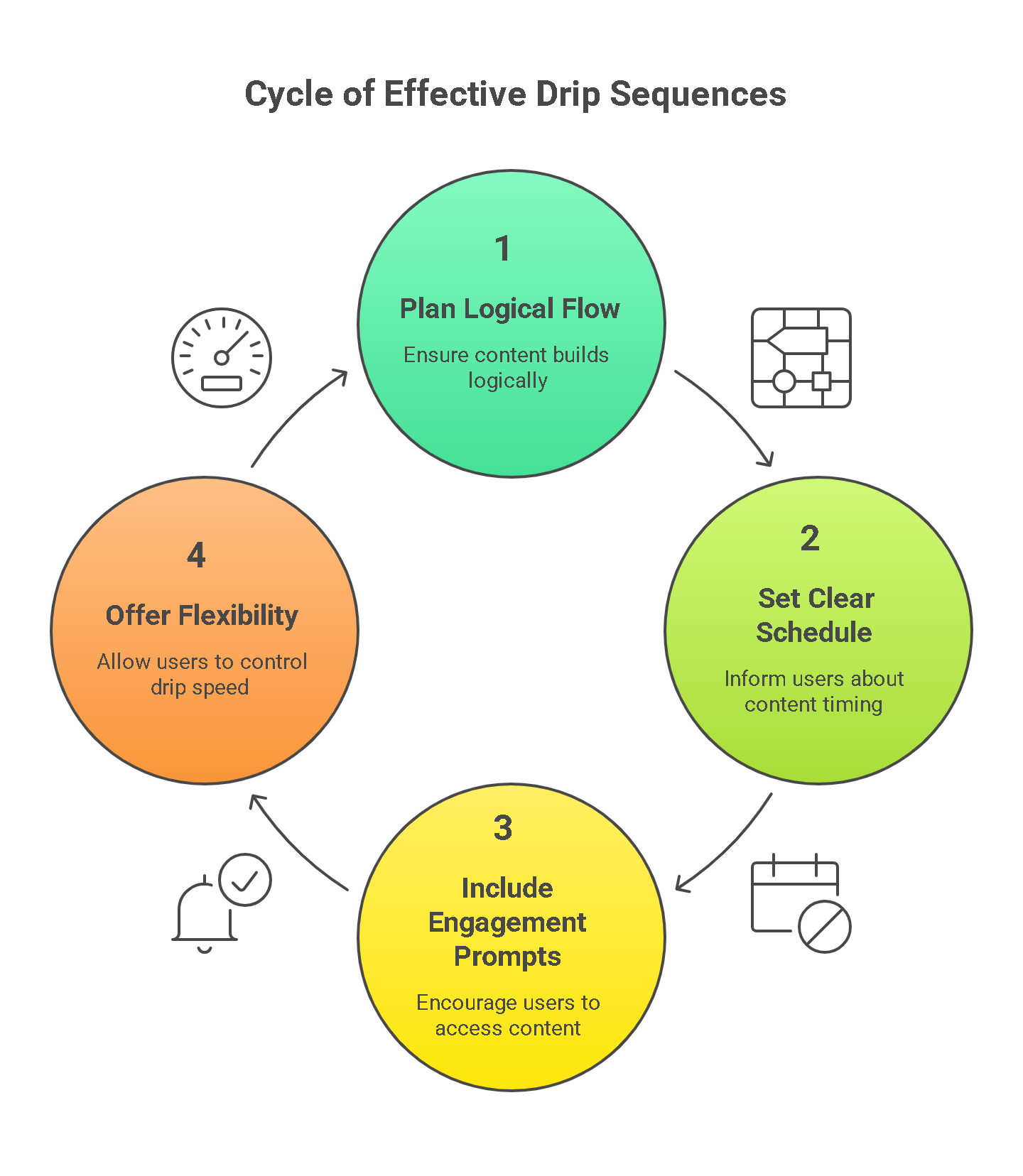
Boosting Completion Rates and User Experience
Beyond the core design, several elements can enhance your microlearning products:
- Gamification: Incorporate points, badges, leaderboards, or progress bars to motivate users.
- Community Interaction: Foster discussion forums or groups where users can ask questions and share progress.
- Clear Navigation: Make it incredibly easy for users to find lessons, track progress, and navigate the product.
- Mobile-First Design: Optimize for viewing and interaction on smartphones and tablets.
- Feedback Mechanisms: Allow users to rate lessons or provide feedback for continuous improvement.
- Progress Tracking: Visual indicators of completed modules provide a sense of accomplishment.
Small Steps, Big Impact
Microlearning isn’t just a trend; it’s a strategic response to how modern learners consume information. By breaking down your expertise into focused, bite-sized lessons, challenges, or drip sequences, you cater to shorter attention spans, improve knowledge retention, and significantly boost engagement and completion rates. Embrace the magic of microlearning to create info products that users not only start but actually finish and love.


